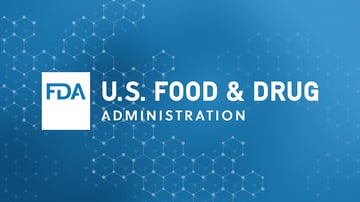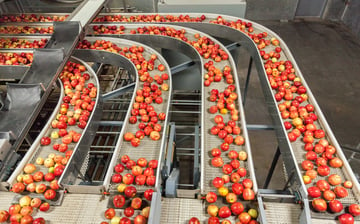On January 30, 2020, the World Health Organization declared the coronavirus disease 2019 outbreak (COVID-19) a “public health emergency of international concern.” The situation has continued to evolve rapidly throughout the new year, causing massive changes in the way we live and work.
The novel coronavirus is thought to have originated from a food market in Wuhan, China, the capital of the Hubei province at the end of 2019. Since then, every aspect of our society has been affected by this public health crisis, which is now classified as a pandemic. To date, more than 200,000 people have become ill, and as of Wednesday (3/18), at least 8,200 have died worldwide.
The EFSA has reported that there is currently no evidence for COVID-19 coronavirus transmission through food. However, human-to-human transmission and surface contamination occurring in food businesses is a real risk. Providing food options from sanitized, well-managed establishments that are adapting to expert recommendations is critical as consumers navigate the need to eat while practicing social distancing.
For the food industry, the early days of the coronavirus outbreak have already had severe financial impacts. Many restaurants—which already operate on razor-thin margins—have lost dine-in revenue due to efforts to adhere to transmission suppression recommendations. As of March 15th, the Federal Disease Chief has recommended that restaurants close for two weeks. Some restaurant brands are taking proactive measures to cease offering dine-in service, and limiting their operations to drive-through, delivery or pick-up.
Retailers, on the other hand, are struggling to keep shelves stocked as consumers make a mad dash to buy food and supplies for the unknown that lies ahead. FMI President and CEO Leslie Sarasin described how food retailers are heeding the call to protect and feed consumers, saying in a statement, “With increasing uncertainty regarding COVID-19 in the U.S., shoppers seek to reestablish control of their environment, and our grocery supply chain is working to support that desire for stability through its adaptability, flexibility and resilience.” Using online ordering to reduce contact and exposure has also enabled consumers to minimize person-to-person contact, although lack of scalability has created issues as the public swarms online channels. It is paramount for retailers to work closely with federal and state governments, health officials, in addition to taking pains to ensure supply chain transparency as groceries experience dramatic shifts in buying patterns and cadence.
Businesses should continue to follow the evolving guidance of health professionals as new recommendations, actions and prevention methods are communicated.
Reducing Compounding Risks
With alarming reports indicating that the coronavirus outbreak could be on track to overwhelm the U.S. healthcare system for an extended period of time, the industry needs to be adaptive and minimize additional logistical or food safety risks. Having proactive communications plans and mechanisms in place can make all the difference when needing to implement new policies, both internally and externally. Now is also a good time for businesses to escalate communication with supply chain partners and build resilience into their core operational infrastructure.
This is a difficult time for the global food industry as we work to feed and protect consumers. However, the world needs a tenacious group of food safety heroes who can help us get through this public health crisis together, and FoodLogiQ is here to support you.
Resources
FoodLogiQ will continue to post and share industry news and expert guidance related to this topic.
Tag(s):
Other posts you might be interested in
View All Posts
Food Safety
10 min read
| December 6, 2021
FoodLogiQ Comments: New Era of Smarter Food Safety Summit on E-Commerce
Read More
9 min read
| April 9, 2020
Creating a Rapid Response Sanitization Program for Essential Food Businesses
Read More
5 min read
| May 28, 2020

